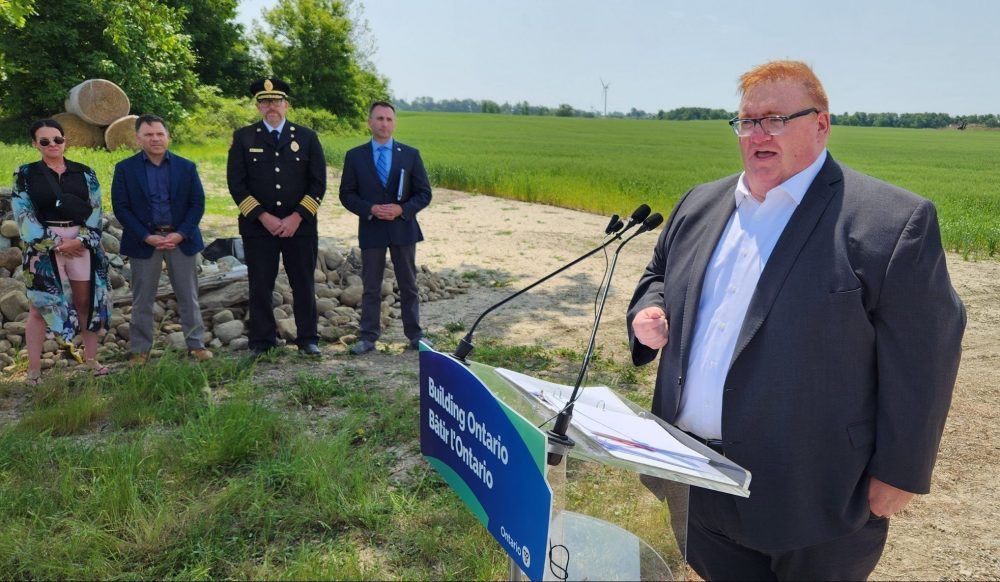Leeds and Sheffield emerge in UK’s top 10 growth cities

The Yorkshire region fares well in the retail sector with both Leeds and Sheffield ranked in the UK’s top 10 growth cities according to CBRE’s latest research report ‘Which City? Which Sector? Real Estate Prospects over the Next Decade’. Which City? Which Sector? | CBRE UK Leeds is ranked fourth in the retail sector with Sheffield positioned eighth.
CBRE examined the growth prospects for 12 real estate sectors across the 50 largest regional towns and cities in the UK. Findings were informed by economic drivers (including GDP, employment and income growth), demographic trends and property market data such as supply pipeline, local universities and housing affordability. The top 10 performing cities and growth sectors were identified.
Ram Rasiah, senior director, CBRE said; “It’s great to see two Yorkshire cities in the top 10 list. Retail continues to adapt to changing consumer habits and repositioning the role of the store. While small, local destinations continue to remain relevant through their convenience and regional schemes benefit from their critical mass, the performance of mid-sized locations has been more challenged.
“In contrast, larger locations deliver a greater catchment potential. And aligning these trends, population and expected population growth were among the metrics used in our analysis. Birmingham ranks strongest in this measure, followed by Leeds and Glasgow,” continued Rasiah.
Birmingham took the top spot for retail followed by Bristol and Manchester respectively.
Retail performance is not only driven by scale. CBRE’s research has shown that affluent cities see healthier property performance, have lower vacancy rates and experience higher rental and capital value growth. A review of average household incomes ranks Sheffield highly versus other locations. A comparison of cities highlights Bristol and Manchester with the strongest growth potential.
In addition, a critical driver of a retail location’s performance is the balance of supply and demand. Allowing for a shift of some spend online, CBRE estimates that the volume of retail floor space in the UK will need to decrease by 16 per cent to reach average sales densities of 2015-2020.
Ranking cities by floorspace per capita and a review of vacancy rate data, gives an indication of potential oversupply in locations. The majority of the top ten potential growth cities identified have a lower retail floor space per capita than the sample average, with Sheffield and Bristol in the strongest position.
Leeds ranked sixth in the office sector with Sheffield taking the eighth position for growth cities. Manchester, Bristol and Birmingham placed as the top three growth cities in this sector.
Supply factors are also key when considering a market’s ability to support future demand. In the flight to quality office space, CBRE expects pre-letting of development space to continue. 29 per cent of space under construction is already pre-let or under offer in eight of the top ten markets where CBRE tracks pipeline data.
Jennet Siebrits, UK head of research at CBRE said:“Leeds, which has one of the most diverse economies in the UK, ranked particularly well in the office and retail sectors and Sheffield was ranked among the highest cities respectively for projected growth in the urban logistics sector.
“The way towns and cities evolve is very much reflective of their local geographies, natural resources and cultural history. As a result, no two UK cities are the same and subsequently, different real estate sectors thrive in different locations. Real estate professionals need to be mindful of these differences to help inform their future strategies.”
Looking to promote your product/service to SME businesses in your region?
Find out how Bdaily can help →













